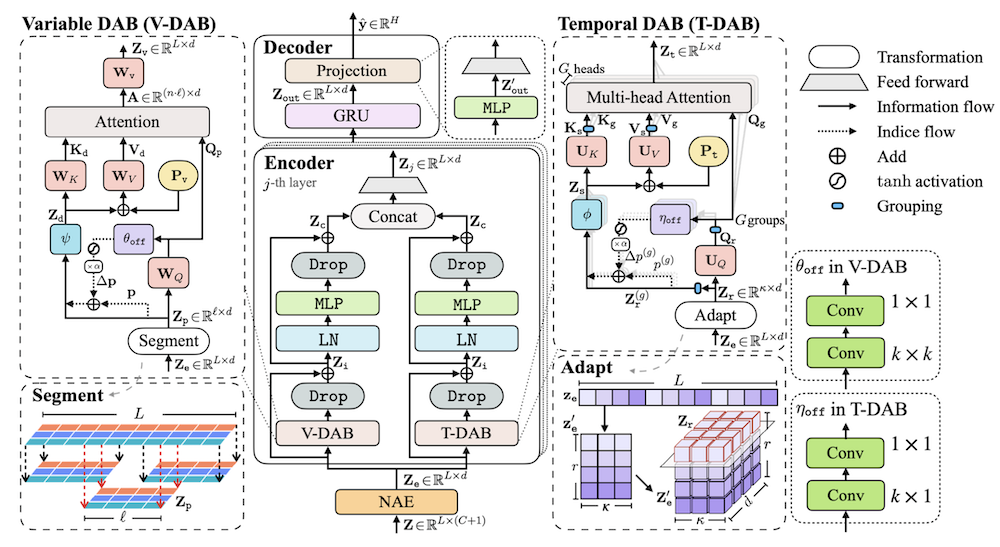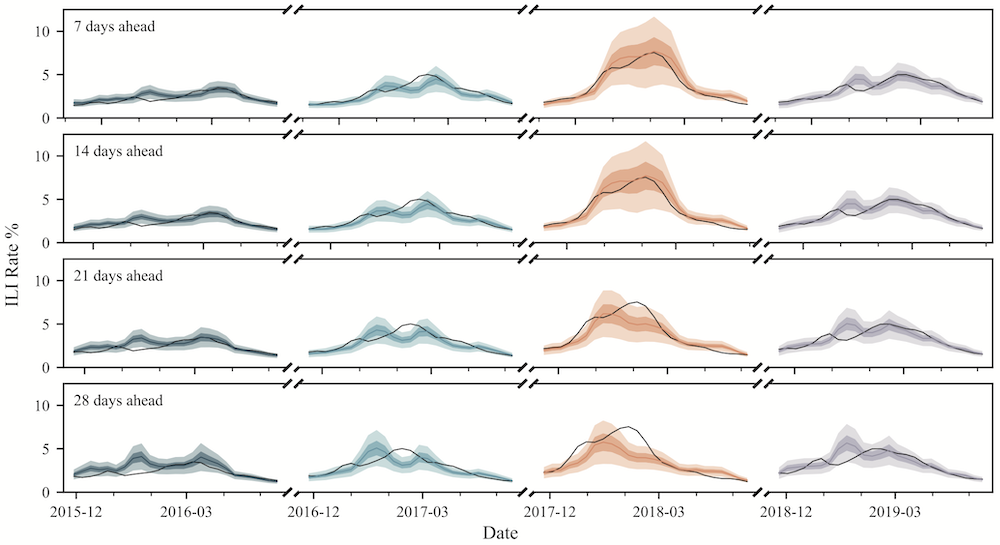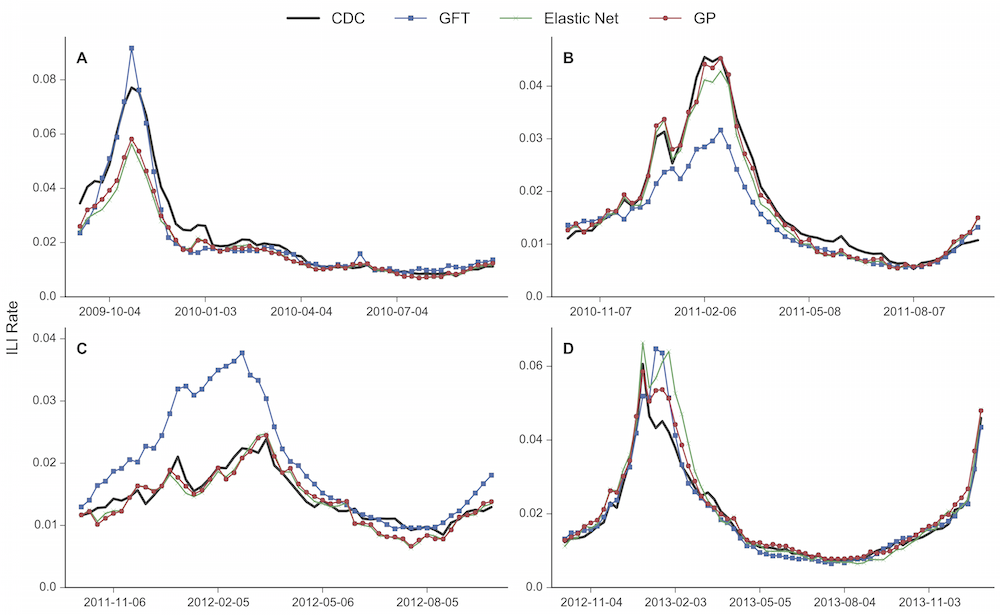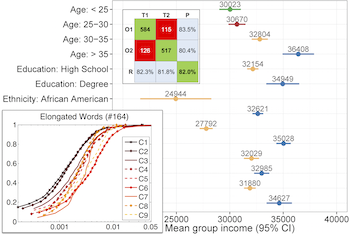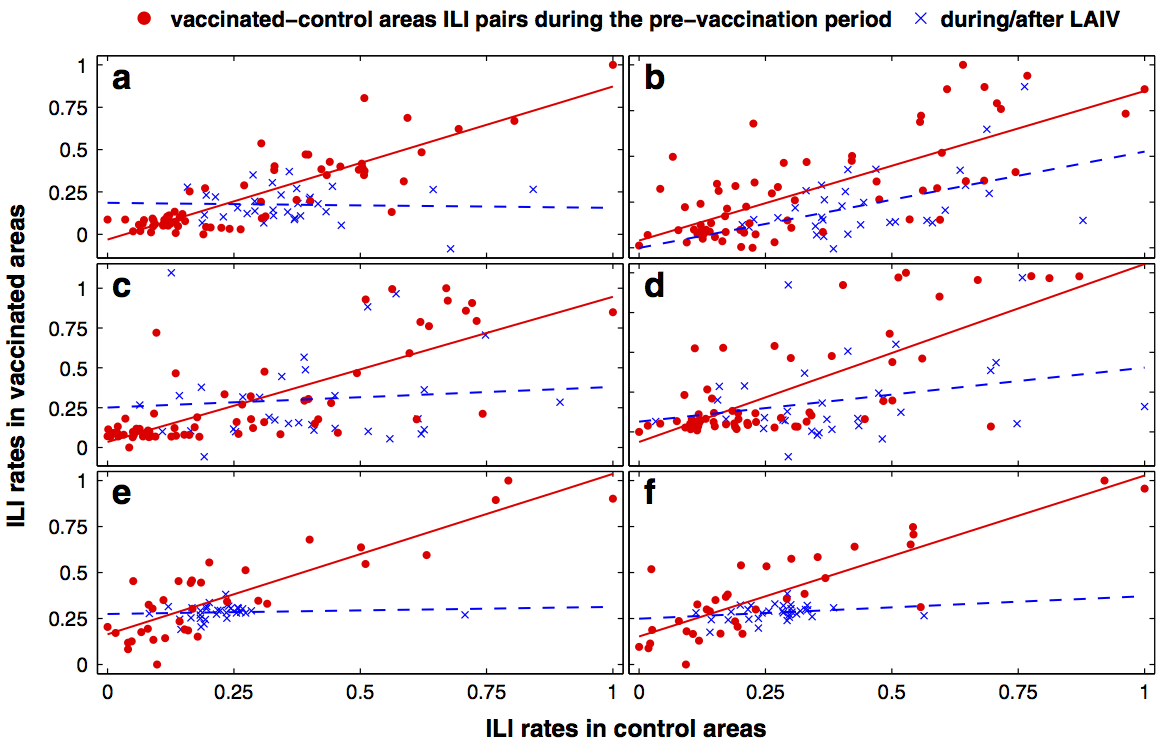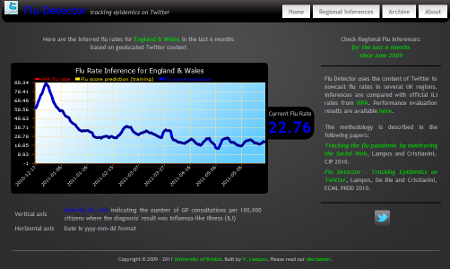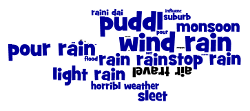We are based at the UCL Centre for Artificial Intelligence (AI) in the Department of Computer Science. Our main area of research has consistently been the development of AI methods for health-related tasks. We have a particular interest in incorporating non-traditional but evidently informative data sources to provide early warnings for epidemics (see flu detector and our COVID-19 dashboard), understand disease properties better, but to also support the earlier diagnosis of serious conditions. Our core methodological focus is in machine learning and natural language processing. Some research highlights are provided below.
If you want to join our team, PhD and postdoctoral research positions are posted here. Please send an email to v.lampos (at) ucl.ac.uk.
Faculty
Dr. Vasileios Lampos, Associate Professor
Research staff
Dr. Magnus Ross, Research Fellow
David Guzman, Software Engineer (collaborator)
PhD students
Yuxuan Shu
George Drayson
Zahra Solatidehkordi
Jinyu Li
Alumni
Dr. Michael Morris
DeformTime is a neural network architecture that attempts to capture correlated temporal patterns from the input space and, hence, improve forecasting accuracy. It deploys two core operations performed by deformable attention blocks (DABs): learning dependencies across variables from different time steps (variable DAB), and preserving temporal dependencies in data from previous time steps (temporal DAB). Experiments across 6 multivariate time series forecasting data sets demonstrate that DeformTime improves accuracy against previous competitive methods by reducing the mean absolute error by 10% on average. Notably, performance gains remain consistent across longer forecasting horizons.
We propose neural network architectures for forecasting influenza-like illness rates and associated uncertainty bounds by incorporating Web search activity trends. We obtain very competitive accuracy that significantly improves upon established approaches.
We propose a methodology for estimating a COVID-19 prevalence indicator using web search activity. Our model accounts for potential biases in search trends influenced by the news, and shows results for 8 countries (npj Digit. Med. 2021). Daily estimates for the UK and England are presented on our website. These estimates are used by UKHSA as part of their syndromic surveillance systems. This work has been covered in a press release by UCL. We have also authored a survey on how digital technologies have been used in responding to the COVID-19 pandemic (Nat. Med. 2020).
Previous attempts to model flu rates from search query frequency time series (such as Google Flu Trends) ended up with producing significant errors (see, for example, this article). Our modelling approaches provide more accurate estimates by capturing nonlinearities in the feature space (Sci. Rep. 2015) and improving feature selection (WWW '17). We have also proposed multi-task learning frameworks for obtaining accurate models when training data is limited (WWW '18). We have proposed a transfer learning framework for adapting a flu prevalence model from one country to another that has no access to historical health surveillance data (WWW '19). An online tool, titled Flu Detector, uses our methods to estimate and display flu rates for England on a daily basis. Flu Detector's estimates are included in UKHSA's weekly syndromic surveillance reports.
We show that it is possible to infer the occupational class, income, socioeconomic status and impact of Twitter users from their tweets (n-grams and topics) as well as a number of platform-related activity patterns. A blog post summarises parts of this work in an informal fashion.
We introduce a framework for evaluating the impact of a targeted intervention, such as a vaccination campaign against an infectious disease, through a statistical analysis of social media and web search activity trends. Our case study focuses on the influenza vaccination program that was launched in England during the 2013/14 and 2014/15 flu seasons.
This research presents the first set of experiments showing that social media content can be used to track the prevalence of an infectious disease, such as influnza-like-illness (ILI). To achieve that we collected geolocated tweets from 54 UK cities, used them in a regularised regression model which was trained and evaluated against ILI rates from the Health Protection Agency (then renamed to PHE, and now known as UKHSA). Flu Detector is a demonstration that used (now moved here using a different/revised approach) the content of Twitter for nowcasting the level of ILI in several UK regions on a daily basis. These findings led to the development of a more generic statistical framework for supervised event mining and quantification from social media, which included the modelling of rainfall rates as a benchmark.
